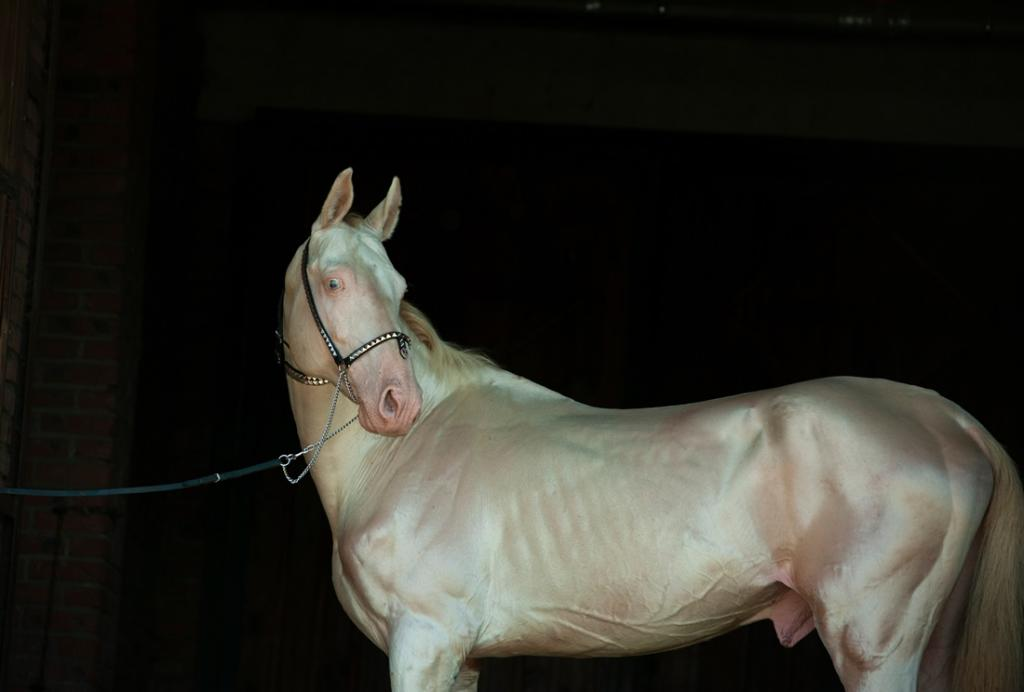





Disclaimer: Copyright infringement is not intended.
Context:
About the Akhal-Teke beauty contest:
About
Historical significance
Cultural Significance of the Akhal-Teke Breed:
Source:
|
Practice Question Q.Consider the following statements about the characteristic or historical aspect of the Akhal-Teke horse breed 1) Akhal-Tekes are primarily found in Turkmenistan but are also present in Europe and North America. 2) The nickname "Golden Horses" comes from their shiny coat, which gives them a distinctive metallic sheen. 3) The Akhal-Teke breed is exclusively descended from the horses of the Massagetae, the Bactrians, and the Alans. 4) The Akhal-Teke breed originated from Arabian horses brought to Turkmenistan by traders along the Silk Road. 5. They are included in the UNESCO Representative List of the Intangible Cultural Heritage of Humanity. How many of the above statements is/are correct? A.Only One B.Only Two C.OnlyThree D.More than three Answer: C Explanation Statement 1 is correct: ●Akhal-Tekes are predominantly found in Turkmenistan, their country of origin. However, they have been exported to other parts of the world, including Europe and North America, where they are bred and admired for their unique qualities. Statement 2 is correct: ●Akhal-Teke horses are often referred to as "Golden Horses" due to their shiny coat, which has a unique metallic sheen. This distinctive feature sets them apart from other horse breeds and contributes to their beauty and allure. Statement 3 is incorrect: ●While the Akhal-Teke breed is indeed descended from the horses of the Massagetae, the Bactrians, and the Alans, it is not exclusively descended from them. The breed has been influenced by various other horse breeds over time, including Arabian horses. Statement 4 is incorrect. ●While the Akhal-Teke breed has been influenced by various horse breeds, including Arabian horses, it did not originate solely from them. The breed has ancient roots in Central Asia and has been shaped by centuries of breeding and selection by Turkmen nomads. Statement 5 is correct: ●These horses are recognized by a big group called the International Association of Akhal-Teke Breeding. ●The art of breeding the Akhal-Teke horse and the traditions of horse decoration were included in the UNESCO Representative List of the Intangible Cultural Heritage of Humanity. |




© 2026 iasgyan. All right reserved